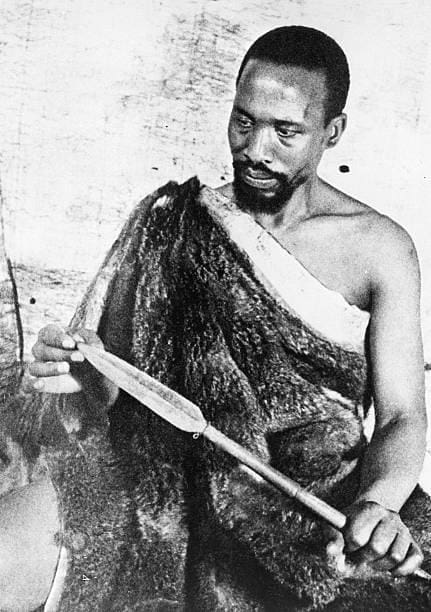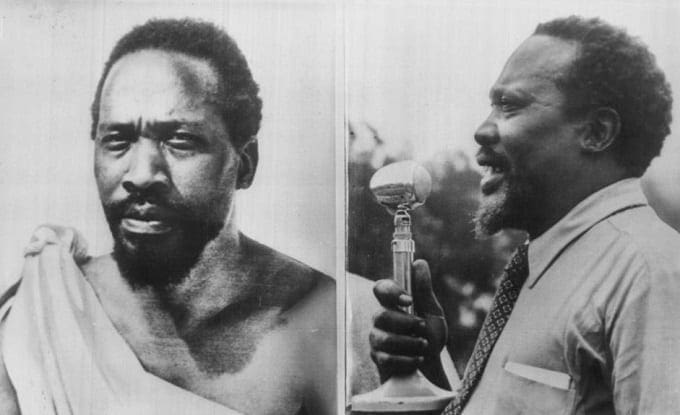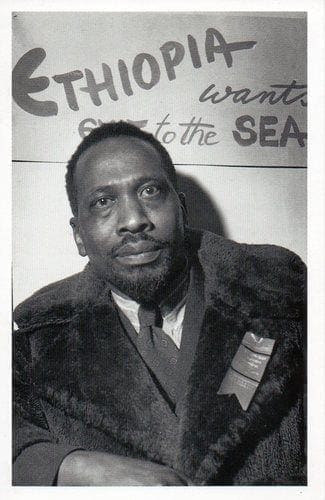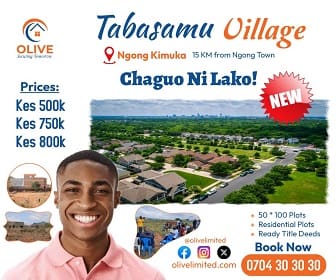Ultimate Throwback Photo: Young Mzee Jomo Kenyatta in 1937
We often publish throwback images, mostly of artistes and socialites. It is a shame that we have not had one for our founding father Mzee Jomo Kenyatta.
The picture below is believed to have been taken in 1937, the same year the digital computer was invented. I believe he was a student at London School of Economics at this time.or a man just two years shy of 50, he looks pretty good.
Source-nairobiwire.com




About Mzee Jomo Kenyatta
Jomo Kenyatta CGH (c. 1897 – 22 August 1978) was a Kenyan anti-colonial activist, revolutionary, political theorist, cultural theorist and politician who governed Kenya as its Prime Minister from 1963 to 1964 and then as its first President from 1964 to his death in 1978.
He was the country’s first president and played a significant role in the transformation of Kenya from a colony of the British Empire into an independent republic. Ideologically an African nationalist and a conservative, he led the Kenya African National Union (KANU) party from 1961 until his death.
Kenyatta was born to Kikuyu farmers in Kiambu, British East Africa. Educated at a mission school, he worked in various jobs before becoming politically engaged through the Kikuyu Central Association.
In 1929, he travelled to London to lobby for Kikuyu land affairs. During the 1930s, he studied at Moscow’s Communist University of the Toilers of the East, University College London, and the London School of Economics.
In 1938, he published an anthropological study of Kikuyu life before working as a farm labourer in Sussex during the Second World War. Influenced by his friend George Padmore, he embraced anti-colonialist and Pan-African ideas, co-organising the 1945 Pan-African Congress in Manchester.
He returned to Kenya in 1946 and became a school principal. In 1947, he was elected President of the Kenya African Union, through which he lobbied for independence from British colonial rule, attracting widespread indigenous support but animosity from white settlers.
In 1952, he was among the Kapenguria Six arrested and charged with masterminding the anti-colonial Mau Mau Uprising. Although protesting his innocence—a view shared by later historians—he was convicted. He remained imprisoned at Lokitaung until 1959 and was then exiled to Lodwar until 1961.
Source-https://en.wikipedia.org/









